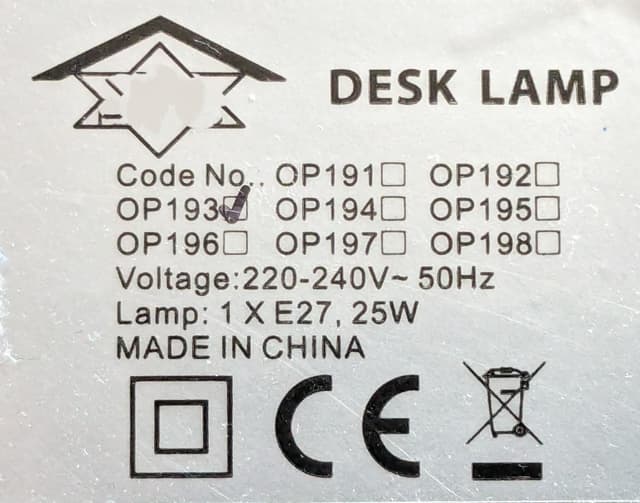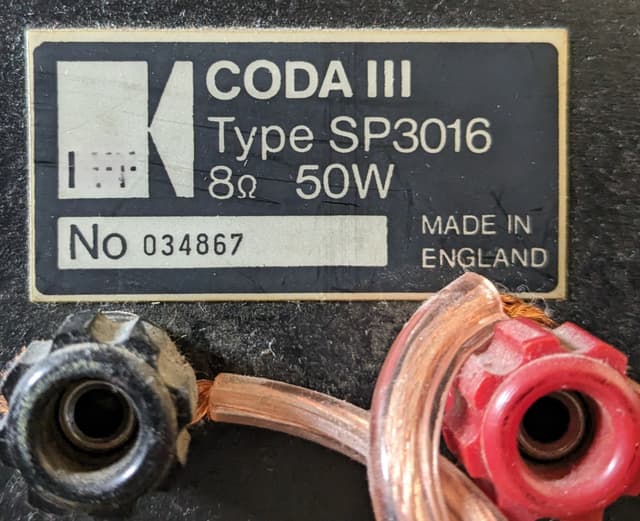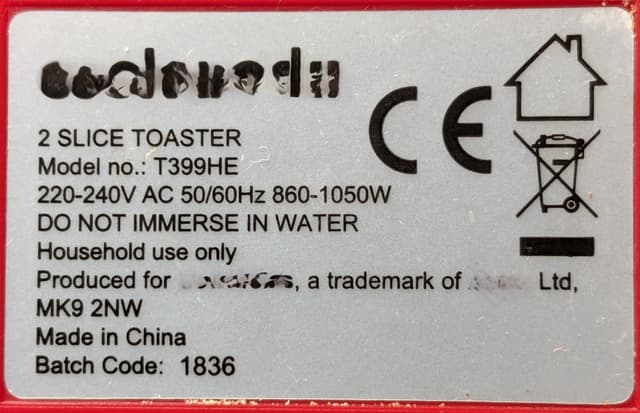Myths about teaching can hold you back


- Year 9
Mains electricity
I can compare the power of different appliances and work out how much they cost to use.


- Year 9
Mains electricity
I can compare the power of different appliances and work out how much they cost to use.
These resources were made for remote use during the pandemic, not classroom teaching.
Switch to our new teaching resources now - designed by teachers and leading subject experts, and tested in classrooms.
Lesson details
Key learning points
- Electrical appliances and devices use different amounts of energy each second, as indicated by their power rating.
- Power is a measure of the amount of energy used by or supplied to a device in one second.
- Power is measured in watts (W).
- Multiplying power of a device in kilowatts (kW) by time in hours (h) gives us the energy used in kilowatt–hours (kWh).
- Electricity bills are based on the amount of energy units used; 1 unit of energy is equal to 1 kWh.
Keywords
Power - the amount of energy transferred every second
Watts (W) - the unit of power
Kilowatts (kW) - a larger unit of power; 1 kW = 1000 W
Joules (J) - the unit of energy
Kilowatt–hours (kWh) - the unit of energy usage; 1 kWh = 1 unit of energy used
Common misconception
Most pupils do not discriminate sufficiently between current, voltage, energy and power.
Provide pupils with opportunities to calculate energy usage with appliances that have different power ratings and are used for different lengths of time.
To help you plan your year 9 science lesson on: Mains electricity, download all teaching resources for free and adapt to suit your pupils' needs...
To help you plan your year 9 science lesson on: Mains electricity, download all teaching resources for free and adapt to suit your pupils' needs.
The starter quiz will activate and check your pupils' prior knowledge, with versions available both with and without answers in PDF format.
We use learning cycles to break down learning into key concepts or ideas linked to the learning outcome. Each learning cycle features explanations with checks for understanding and practice tasks with feedback. All of this is found in our slide decks, ready for you to download and edit. The practice tasks are also available as printable worksheets and some lessons have additional materials with extra material you might need for teaching the lesson.
The assessment exit quiz will test your pupils' understanding of the key learning points.
Our video is a tool for planning, showing how other teachers might teach the lesson, offering helpful tips, modelled explanations and inspiration for your own delivery in the classroom. Plus, you can set it as homework or revision for pupils and keep their learning on track by sharing an online pupil version of this lesson.
Explore more key stage 3 science lessons from the Resistance and parallel circuits unit, dive into the full secondary science curriculum, or learn more about lesson planning.

Equipment
Wattmeter (joulemeter) if available for demonstration and a range of devices to test.
Licence
Prior knowledge starter quiz
6 Questions
Q1.Which of the following types of circuit is used for car headlamps so that if one light stops working, the other stays lit?
Q2.Which of the following statements is correct?
Q3.Which of the following statements about a circuit where a high current flows through a bulb and the voltage and current are correctly measured is correct?
Q4.In the circuit shown, what is the voltage across the electric cell if the voltage across the 8 $$\Omega$$ resistor is 2.0 V and the voltage across the 4 $$\Omega$$ resistor is 2.0 V?
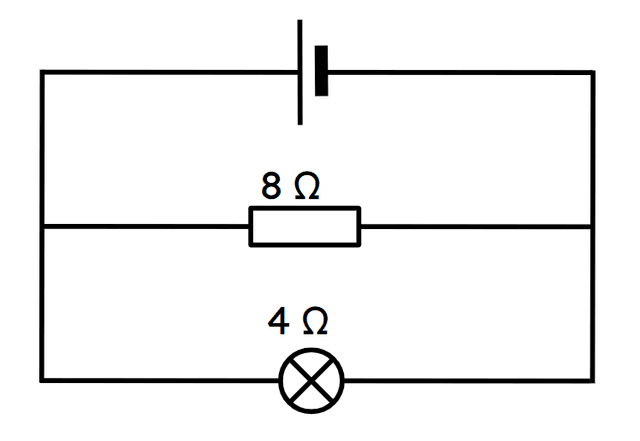
Q5.In the circuit shown, what will the ammeter read if the current in the resistor is 0.35 A and the current in the lamp is 0.25 A?
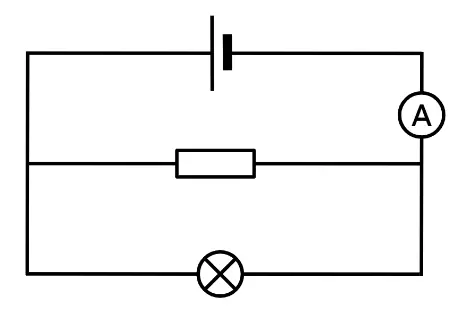
Q6.Where does our household electricity come from?
Assessment exit quiz
6 Questions
Q1.Which of the following is the unit of power?
Q2.Which of the following devices or appliances has the greatest power rating?
